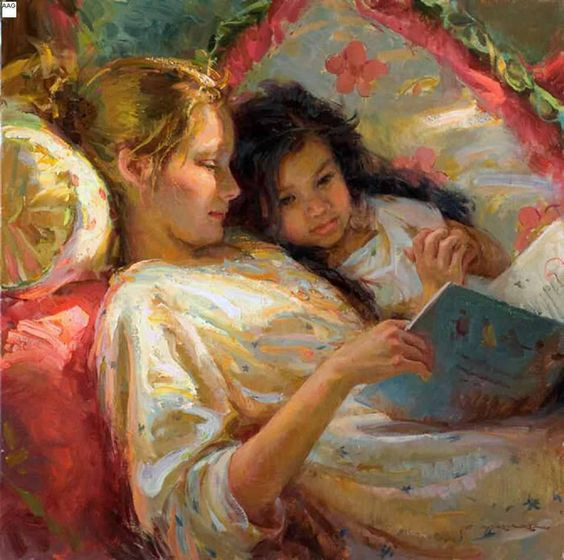Blast from the Past: This first posted on October 11, 2014; and reposted on June 6, 2018. Surprisingly, the term “guided reading” continues to confuse. When I talk about complex text the issue arises. These days there is another widely held conception of guided reading not discussed here, that it is the method that encourages kids to guess at words based on context. I’ll write about that soon, but for now, it would help if teachers recognized the contradiction between current guided reading encourages conceptions and what state educational standards require of teachers. Oh, and poor George Clooney continues to decline.
Once when visiting the Big Easy, a young woman who had clearly been over-served, stopped me and said, “You’re that guy.”
I smiled, bemused, unsure what to say. Her friends fanned out around me.
“You’re that guy. You’re that guy on TV.”
My grin grew idiotic. At first, I tried to explain that I wasn’t “that guy,” but that just seemed to convince them even more that I must be. They insisted.
I never figured out who she thought I was, but I copped to it, and thanked her for her support and asked her to keep watching. I’m pretty sure she had me confused with George Clooney (Cyndie says it more likely was Bozo the Clown).
I’m still pretty sure it was Clooney, though my hair hasn’t really turned as much as his has.
That got me thinking… It really matters that we know of who and what we are speaking. I know many of you are thinking: Tim Shanahan, George Clooney, what's the difference? But--believe it or not--there is a difference and it could matter to somebody.
That’s true of lots of things. Like guided reading, for instance.
The term “guided reading” is causing a lot of confusion. Most of us now use it as shorthand to refer to those instructional procedures recommended by Irene Fountas and Gay Su Pinnell in their book, Guided Reading (1996, 2016) – much as many of you might use George as shorthand for Tim Shanahan.
The problem with that conception of the term “guided reading” is that it actually conglomerates three separate aspects of instruction into one idea.
And, that’s where the problem is. When I say that the Common Core contradicts the fundamentals of guided reading—I mean George Clooney, and you’re thinking Tim Shanahan.
From the emails I receive and the audience comments at my presentations, it is evident to me that many of you—probably most of you—think of guided reading as instruction with leveled books; that is, with books matched to the students' instructional levels. Because of that, I often use “guided reading” as a shortcut key when I am criticizing the idea of leveling kids’ reading in those ways.
And that works great with some of my audience. They get what I’m saying. They definitely are not confusing me with either Mr. Clooney or Mr. Bozo.
But the Fountas and Pinnell version of guided reading means different things to different people. A significant part of my audience believes that guided reading is about small group teaching, and studies are pretty clear that small group teaching can be advantageous. Those individuals hear me challenge guided reading and they start seeing images of a clown with really big feet.
The term, “guided reading,” was not created by F&P. It was a term used by one of the basal reader companies (Scott Foresman’s Dick & Jane readers) from the 1930s-1960s to describe their lesson plan in which teachers guided students to read a text by preteaching vocabulary, setting a purpose for reading, having kids read part of the text, and then discussing that portion in pursuit of a series of teacher questions. (A competing program at the time marketed a very similar routine called “directed reading”).
Again, when I talk about the contradiction between “guided reading” and Common Core, some individuals are taking it that I’m criticizing the idea of reading a text under the supervision of a teacher. And, again, to these folks, they are definitely seeing grease paint and big shoes rather than a hunk.
Please understand: Research findings and Common Core standards stand in stark contradiction to the idea of teaching everybody (beyond beginners) at their so-called instructional level. The standards say nothing about small group instruction or communal readings in which teachers scaffold kids’ interactions with text. The criticisms are of the first, not of the second two. The notion that kids should be taught to read with relatively easy texts is great for beginners, but by grade 2, this approach is more likely to hold kids back than to help them to read better.
I hope that helps.
By the way, I have made headway in convincing Cyndie that people really do confuse me with George Clooney. She is even warming to the idea. Of course, she has been dropping hints about a 7-carat diamond, but I’m sure we’ll work that problem out over time.







Comments
See what others have to say about this topic.